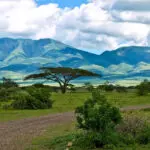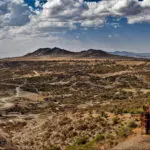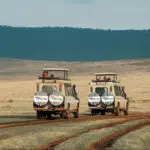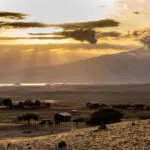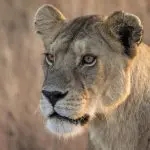A frequently asked question regarding Tanzania safaris is: What’s all the hype about the Serengeti and the wildebeest migration? Join us as we answer this question. And, if you leave feeling inspired to plan your own Serengeti adventure, explore our African Safaris in Tanzania.

First, a short Tanzania geography lesson…
Thanks to the world’s largest unaltered mammal migration, the Serengeti is Africa’s most famous wildlife area. During the Great Migration, two million wildebeest, along with hundreds of thousands of other ungulates, engage in a 1,000 km-long circular trek. The ecosystem encompasses 10,395 m², with Serengeti National Park at the heart of the larger Serengeti ecosystem. It is comprised of a variety of habitats: grass plains, woodlands, wetlands, mountains, lakes, riverine areas, and thick bushes.
The area is contiguous with the Ngorongoro Conservation Area (8,292 km2) (check out our example African Splendour Tour itinerary for an idea of the trips we make to this region). The entire ecosystem includes the Maswa Game Reserve in the South, Ikorongo and Grumeti Game Reserves in the West, Loliondo Game Controlled Area in the East and Maasai Mara National Reserve to the North (Kenya).
The ecosystem supports not only the world’s largest ungulate migration but also the highest concentration of large predators. Estimates put the numbers at two million wildebeest, 250,000 zebra, and 440,000 Thomson’s gazelle.
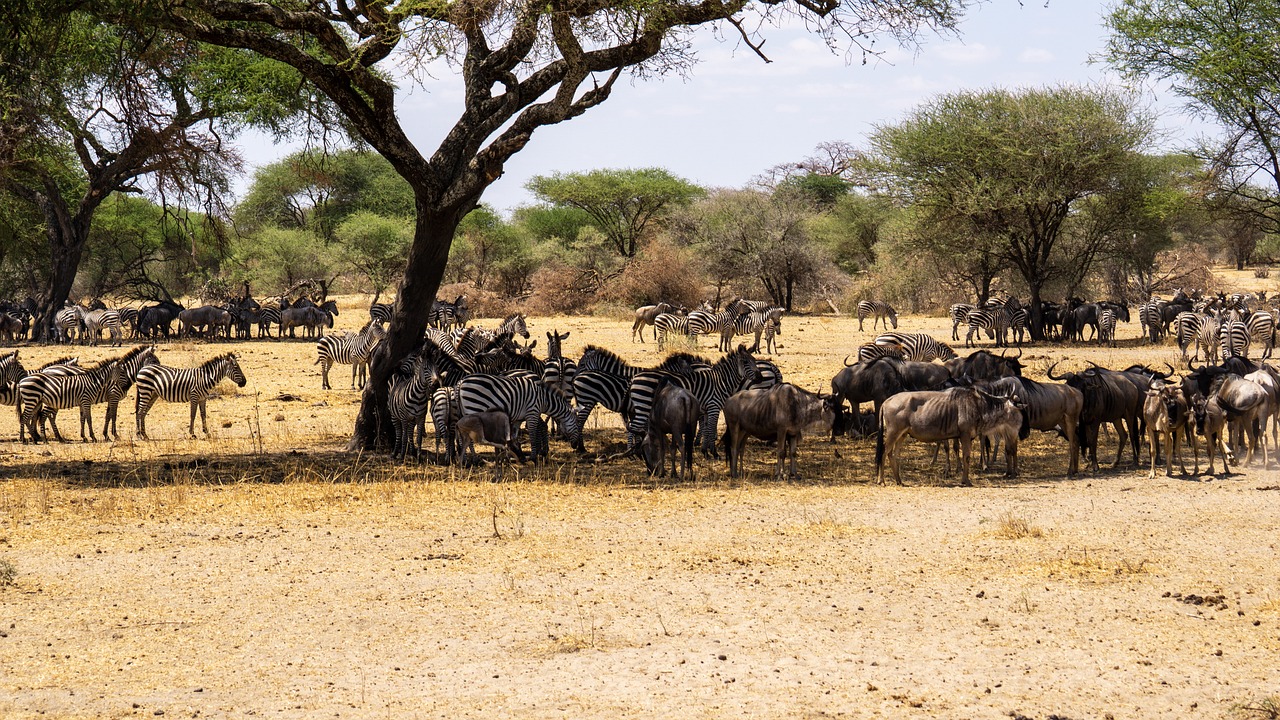
When is the best time to visit Serengeti National Park? — What will be going on during my visit?
A change in season sets the migration on its course. As the dry season sets in, the food and water supply in that area dwindles, forcing the herds to move in search of fresh pastures. The most important point to note is that nothing is certain; there is unpredictability in this naturally occurring phenomenon. Our insights and tracking over time have allowed us to anticipate where the herds will generally be located at certain times of the year.
From late December through March
The herds typically spread out across the southern Serengeti plains, where the grasses are long. These plains include an area within the Serengeti National Park border, and an area just beyond the border called Ndutu. The green season at this time makes the short grass plains in these areas a food source for the migrating herds. This can be considered the epicenter of the migration, with the calving season occurring in February, typically within a two-week window.
The Great Migration in the Serengeti from April
The calves have grown enough that the herds start moving northward into central Serengeti, traversing Moru kopjes, Maasai kopjes, and Seronera valley. The valley’s Seronera River is the best place to observe large carnivores in action. Leopards and lions claim habitat along the river where they easily ambush their prey. By late May the herds are usually moving west, bunching together before some cross the Grumeti River, a harrowing experience laden with hungry predators and deep waters.
By July
Some herds begin heading north, where several more significant river crossings test their strength and perseverance as they spread out across the northern Serengeti and into Kenya’s Maasai Mara National Reserve. The Mara River is famous for the dramatic crossings featured in many documentaries. It is here that the world’s largest crocodile, the Nile crocodile, lays in wait for a meal. Half of the river is situated in Tanzania’s northern Serengeti and hosts migrating herds well into November.
As the short rainy season begins in November
The herds move southeast as the cycle starts again.
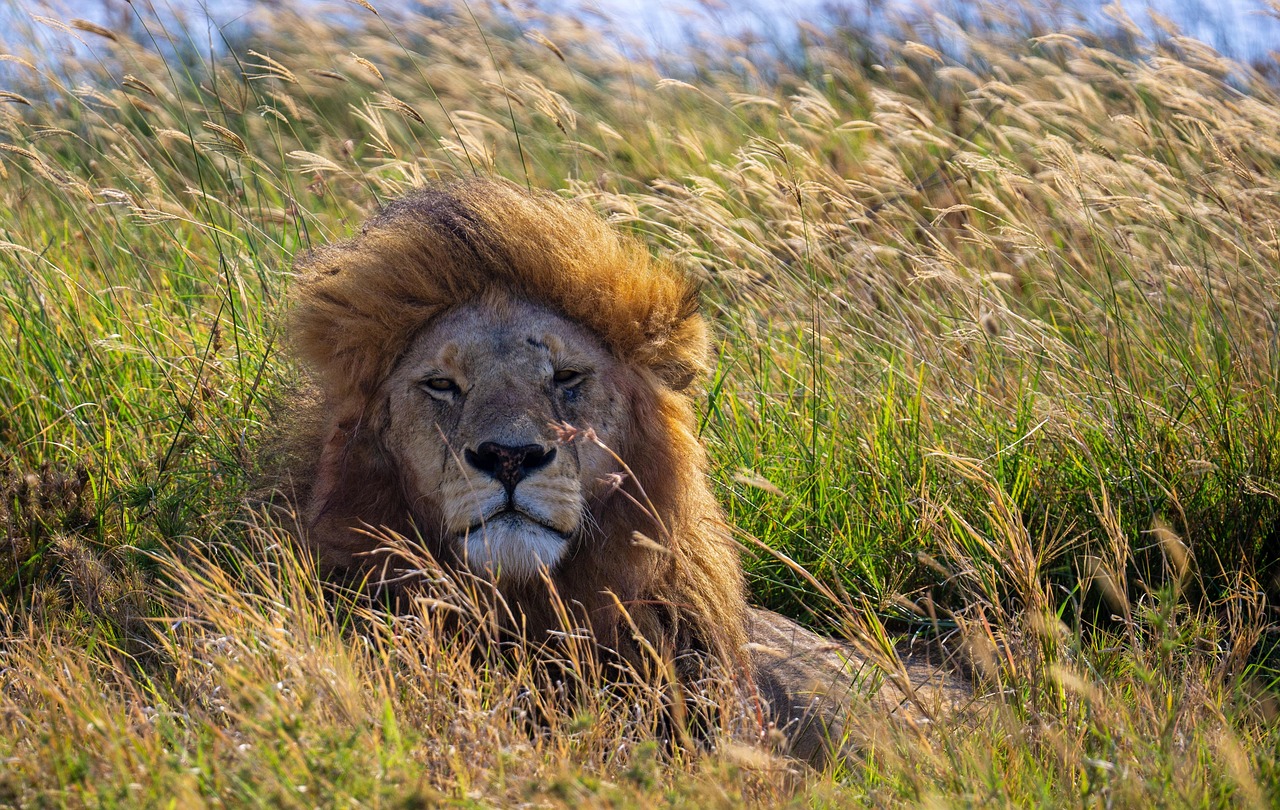
Will I see other animals if I don’t catch the migration?
Serengeti offers exceptional game viewing year-round. The variety and abundance of wildlife are far greater than in any other park in Africa. Resident animals are plentiful, and due to the size and nature of the park, a vast array of wildlife can be spotted regardless of when you travel.
Want to see some of planet Earth’s most amazing wildlife for yourself? Check out our Tanzania Safari Itineraries for a taste of the adventures that await you!
